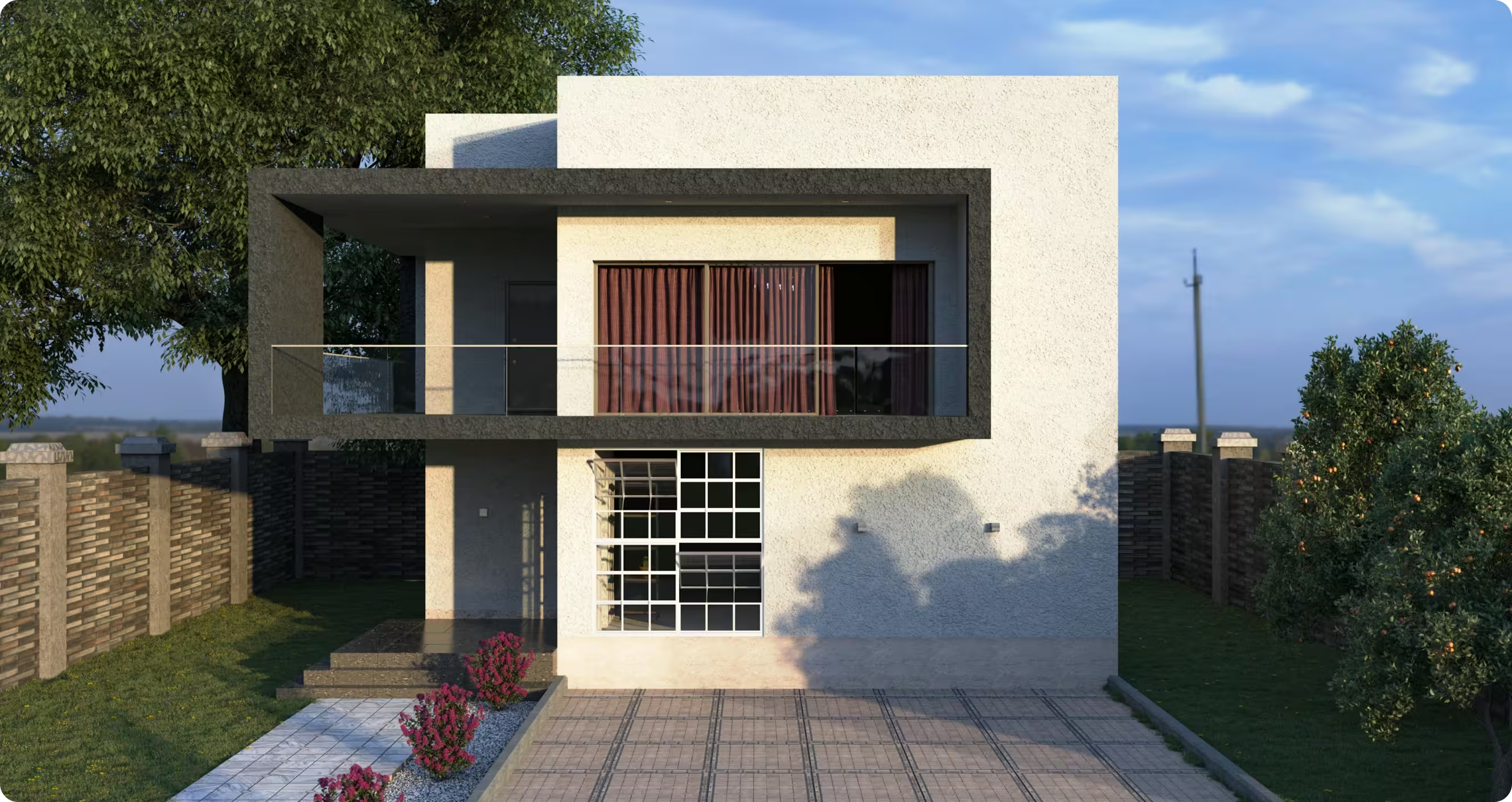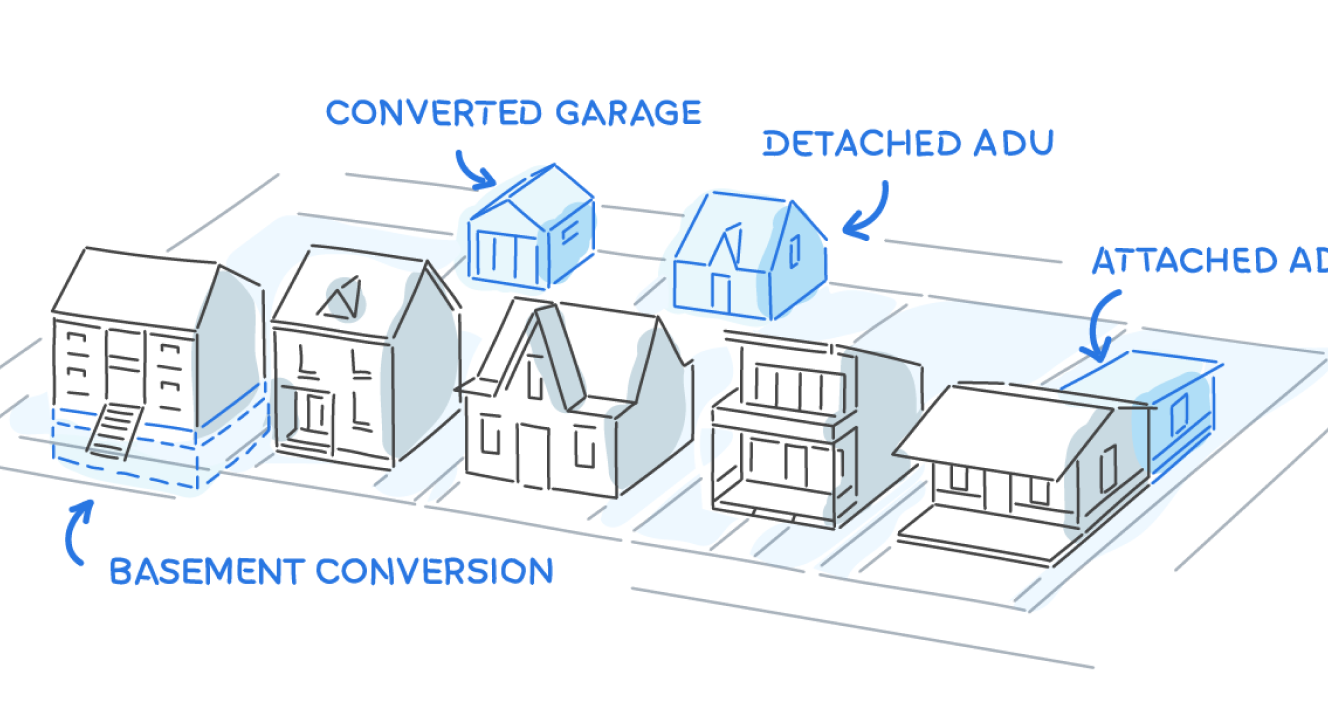How to Navigate ADU Permitting: A Step-by-Step Guide

Building an Accessory Dwelling Unit (ADU) on your property can be an exciting project, but it comes with a set of legal and regulatory requirements that must be carefully followed. One of the most crucial aspects of the ADU construction process is navigating the permitting system. In this guide, we’ll take you step by step through the ADU permitting process in California, helping you understand the regulations, documents, and steps required to get your ADU project approved.
1. Understand Your Local Zoning Regulations
Before diving into the permitting process, it's essential to understand your local zoning laws. Zoning laws govern how properties in specific areas can be used and developed. They can significantly impact where and how you can build your ADU.
- Setback Requirements: This is the minimum distance your ADU must be from your property lines, which can vary by location.
- Height Restrictions: Most cities limit the height of ADUs to ensure they blend with the existing neighborhood character.
- Parking Requirements: Some cities may require additional parking spaces for your ADU, while others might waive this requirement if the property is close to public transit.
- Lot Size and Density: There are often restrictions on the size of the lot and the number of dwellings permitted on it.
Make sure to check your city’s zoning ordinance to see if your property meets the necessary conditions to build an ADU. If you’re unsure, consult with your local planning department.

2. Apply for the Necessary Permits
Once you’ve confirmed that your property complies with zoning regulations, it’s time to apply for the permits needed to move forward with the construction of your ADU. The permits required will vary depending on the scope of your project, but most ADUs require:
- Site Plan: A layout of your property, showing the proposed location of the ADU, access points, setbacks, and other important features.
- Floor Plan: A detailed interior layout of the ADU, showing room sizes, windows, doors, and furniture arrangements.
- Elevations: Drawings that show the exterior of the ADU, including its height, rooflines, and other architectural features.
Once submitted, your local planning and building departments will review your plans to ensure they comply with all building codes, zoning laws, and safety standards. This review process can take several weeks or even months, depending on the complexity of your project and the volume of applications in your area.
3. Submit Your Plans for Review
Once you’ve confirmed that your property complies with zoning regulations, it’s time to apply for the permits needed to move forward with the construction of your ADU. The permits required will vary depending on the scope of your project, but most ADUs require:
- Site Plan: A layout of your property, showing the proposed location of the ADU, access points, setbacks, and other important features.
- Floor Plan: A detailed interior layout of the ADU, showing room sizes, windows, doors, and furniture arrangements.
- Elevations: Drawings that show the exterior of the ADU, including its height, rooflines, and other architectural features.
Once submitted, your local planning and building departments will review your plans to ensure they comply with all building codes, zoning laws, and safety standards. This review process can take several weeks or even months, depending on the complexity of your project and the volume of applications in your area.

4. Pay Fees and Schedule Inspections
Once you’ve confirmed that your property complies with zoning regulations, it’s time to apply for the permits needed to move forward with the construction of your ADU. The permits required will vary depending on the scope of your project, but most ADUs require:
- Site Plan: A layout of your property, showing the proposed location of the ADU, access points, setbacks, and other important features.
- Floor Plan: A detailed interior layout of the ADU, showing room sizes, windows, doors, and furniture arrangements.
- Elevations: Drawings that show the exterior of the ADU, including its height, rooflines, and other architectural features.
Once submitted, your local planning and building departments will review your plans to ensure they comply with all building codes, zoning laws, and safety standards. This review process can take several weeks or even months, depending on the complexity of your project and the volume of applications in your area.

